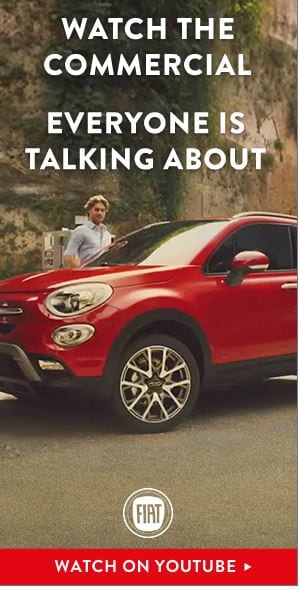by Kirk Wakefield – February 2015 Advertisers for Super Bowl 49, at least I’m pretty sure that’s the number we’re on, collectively set the mark for most depressing ads ever. Sure, Fiat, Doritos, Snickers and Supercell did their best to entertain. These are ads we wouldn’t mind seeing again. Others, however, must have been reading…Continue Reading Why the Super Bowl Ads Missed the Mark
Why the Super Bowl Ads Missed the Mark


